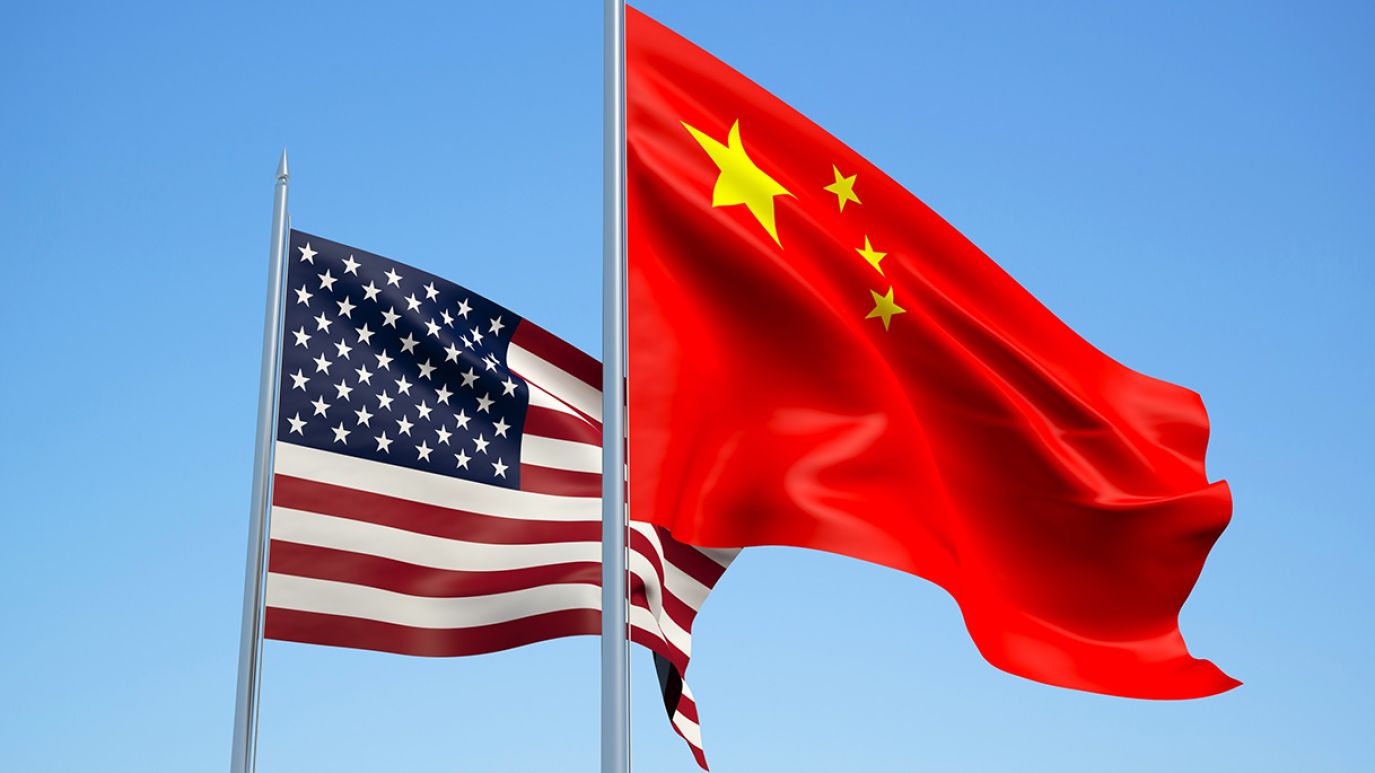Pamir Strategic Insights Issue 1: Strategic Outlook 2024: US-China Relations

Strategic Outlook 2024: US-China Relations
US-China strategic competition stands at a critical juncture and is likely to intensify in 2024. China’s geopolitical ambitions are reverberating across the Indo-Pacific, Europe, and Global South regions. China, together with Russia, Iran, North Korea, and other authoritarian governments, perceive the United States as riven with domestic political polarization and economically overstretched in supporting wars in Ukraine and Israel. Beijing, Moscow, Tehran, and Pyongyang question Washington’s long-term commitment to sustaining wars in Europe and the Middle East as American war fatigue and domestic divisions deepen.
- Among the top economic threats, according to the 2024 Natixis Institutional Outlook Survey, China looms large in the picture, as 64% believe its geopolitical ambitions will split the global economy into two spheres of influence. Those same ambitions diminish China’s investment appeal for 73% of institutions.
- The same survey indicates that 73% think the fragmentation between the BRICS and West will continue, and they worry about the growing alliance between Russia, North Korea, and Iran, which 70% believe will lead to greater economic instability.
Regional conflicts with global reverberations will remain a constant challenge to national leadership and multinational corporations. The specter of a possible Taiwan Strait conflict looms large on the eve of Taiwan’s presidential election on 13 January. Regardless of which political party prevails in Taiwan’s upcoming elections, Taiwan has become and will remain an international touchstone of competition and contestation, akin to the national sovereignty and security challenges confronting Ukraine in Europe and Israel in the Middle East. European parliamentary elections will take place in June, when the new NATO secretary-general is concurrently expected to be elected. These major leadership transitions among allies and partners will shape the geopolitical landscape in which US-China strategic competition is integrally impacting national leadership and multinational decision-making on issues such as advanced technology, defense spending, economics, innovation, investment, supply chains, talent acquisition, and trade on a global scale.
De-risking and decoupling critical dependencies between the United States and China are already underway in varying degrees. As some US and foreign companies shift supply chains out of China to Southeast Asia and other parts of the world, managing China’s ubiquitous presence in global supply chains and sourcing requires a comprehensive China risk strategy at macro and micro-levels, including but not limited to strategic risks assessments, scenario planning, due diligence, insider threat analysis, security investigations, and crisis management planning.
Geopolitical uncertainty and China risk are complex variables pervading global markets and the global commons, including air, sea, and space. Watch these pages for Pamir Strategic Insights on emerging developments in China’s AI / quantum computing, aerospace / space, advanced materials, energy, high technology, maritime, pharmaceuticals, semiconductors, telecommunications, and transportation industries, as well as unique perspectives on Xi Jinping’s leadership, the Chinese Communist Party’s internal politics, tensions in the Taiwan Strait and the South China Sea, China’s business risk environment, and much more.
China’s 5G influence in developing economies
China’s Belt and Road Initiative and its digital counterpart, the Digital Silk Road, threaten to displace US telecom and tech companies in developing economies in Africa, Latin America and the Middle East. How can US operators and network providers stand up to the challenge?